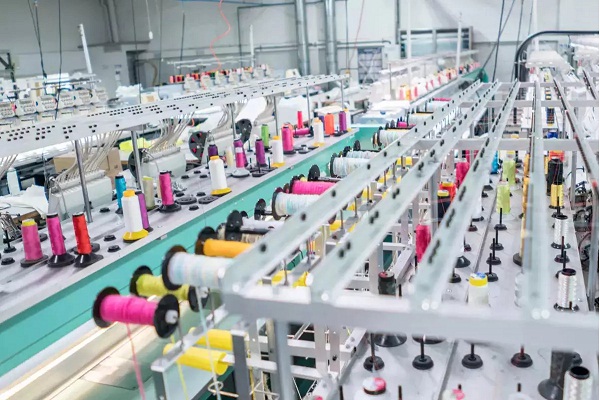
India’s textile industry has been significantly impacted by the COVID crisis. The pandemic has caused an acute labor shortage with rising cotton prices adding to its woes. Smaller nations like Vietnam and Bangladesh are overtaking India in the textile segment even though India’s textile exports surged 41 per cent from April-December 2021. Hence, the sector needs to gain in competitiveness to deal with emerging new challengers.
A report by the Confederation of Indian Industry (CII) and global management consulting firm Kearney in October last year had urged textile leaders in India to aim for exports worth $65 billion during the next five years. The country can especially benefit from the growing ‘China Plus One’ sentiment amongst global companies looking to diversify sourcing and manufacturing from China. KK Lalpuria, Executive Director & CEO, Indo Count Industries believes, India has a clear opportunity to benefit from diversifying of sourcing by global textile brands and retailers. Even if India is able to gain 1 per cent share from this shift, it would open a $10-billion market.
Currently, India produces $140 billion worth of textiles and apparels and exports around $40 billion. Over the next five years, the government plans to increase India’s textile exports to $100 billion from $34 billion (2019-20), saysthe commerce ministry.
Polices can help achieve targets
Achieving this export target needs proper framework, long term policies and better planning by Indian entrepreneurs, says Lalpuria. Brands and retailers looking to de-risk operations need to ensure smooth functioning of supply chains. They also need to boost supply chain efficiency to increase value addition in raw cotton or yarn exports.
Neelesh Hundekari, Partner, Kearney adds, growing China Plus One Sentiment amongst global brands and retailers gives India with an opportunity to boost apparel exports to $16 billion. Exporters can target $4-billion in revenues by boosting fabric exports.
Exporters can also boost man-made fibers and yarns shipments by $3 billion besides targeting a $4-billion increase in home textiles exports. They can aim for a $2 billion jump in technical textiles exports as demand is increasing. Signing new FTAs can also help exporters leverage the current growth opportunity.
Digitization, sustainability can offset machinery import costs
One major impediment in growing textile exports is the high import duty on textile machinery. To import textile machinery, India needs to pay 27 per cent duty plus an 18 per cent GST. This leads to 45 per cent additional increase in capex, adds Hundekari. Digitization, design capabilities as well as sustainability and traceability can help India boost textile exports, says Rahat Wahi, Partner, Deloitte India. Companies need to be transparent in raw material sourcing and production. They need to maintain the quality, sustainability and timeliness of exports, he adds.
Exporters are demanding a more broad-based Production-Linked Incentive (PLI) Scheme in textiles. They are also urging for a reduction in working capital pressures, implementation of new schemes and building scale for the sector. To compete with competitors like Bangladesh and Vietnam, India also needs to create new manufacturing facilities and boost product quality, adds Wahi.











